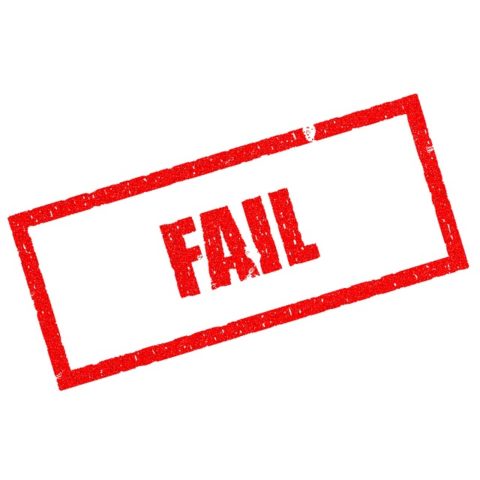More podcast goodness. This time Tina Seelig of the Stanford Innovation Lab interviews Alberto Savoia about “How to Succeed by Failing ‘Ferrari Fast’”. The discussion takes place within the context of entrepreneurship and start-ups but the insights and lessons on failure can be applied anywhere in life. It’s a 30-minute podcast and very easy to listen to. There’s little to no jargon here.
Here are my take-aways:
Build the right It before you build it right
This echoes something a business lecturer said when I was in university: Be Effective first, then be Efficient. Said another way, make sure you do the right thing before you do the thing right.
Albert talks about Pretotyping as a way to help discover if you are building the right it. In direct contrast to Prototyping which seeks to make sure the product functions properly (i.e. “building it right”), Pretotyping seeks to gather (as quickly as possible) enough data about market demand for you to make a decision: should you go ahead with the idea (i.e. are we “building the right It”?). An example Albert gives is how the original Palm Pilot started off as a Pretotype: the inventor took a block of wood small enough to fit in a pocket, put some paper on it with some simple user interface and went about his life to see if he would actually “use” his Palm Pilot on a daily basis.
The end of the podcast makes an important distinction between Pretotyping and doing surveys or focus groups: for surveys & focus groups the participants have no skin in the game. It is not enough to describe your idea to people and ask if they would buy it because it’s all fantasy; during the survey/focus group people can easily say they want it but after you launch there is no guarantee that they will buy it. A simple way of getting people to put some skin in the game is asking for a down-payment after showing the Pretotype. Elon Musk did this with the Tesla car. And I suppose Kickstarter is another example of having people put skin in the game.
Celebrate failures but not all failures are the same
An interesting anecdote in the podcast is one where Google X celebrates teams that fail. There is something to be said in encouraging people that it’s OK to fail. However Albert cautions that not all failures are the same. Celebrate the fast failures that you learn from. If it took too long to fail and you learned little from it, that might be a sign that some introspection is needed.
ΓÇ£You can fail and get funded againΓÇ¥
This line caught my attention because of Brunei’s current economic situation. The country has been dependent on oil exports for decades and we’ve been unable to create any sustainable industry to help prop up the economy. And with the global drop in oil prices we’re already feeling the pinch.
The natural action to take is to stop funding initiatives that aren’t showing results. It makes sense: if resources are dwindling we should make the best use of them. There’s certainly room to debate whether or not we should be taking risks in such a precarious situation but for me the lesson is to experiment and fail when you have the resources.
And in that same vein, create an environment where failure is OK when you have the resources. There are very few cultures where failure is tolerated and the usual consequence is termination. But remember the example of Silicon Valley: it is an entire area where failure is not the end of the world.
From the podcast:
Any innovative organization needs to make it OK to fail, because if it¤s not OK to fail nobody will every try anything.
Something to think about.
